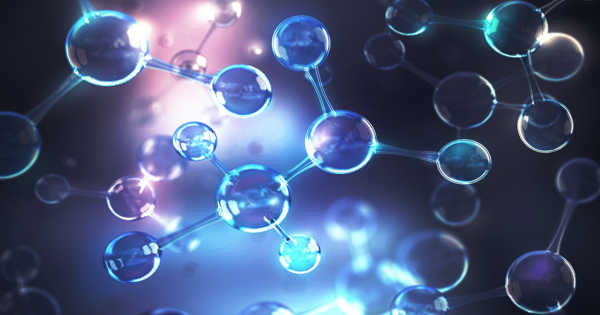Sugar is the generic name for sweet-tasting, soluble carbohydrates, many of which are used in food. It is the common name for a number of chemical substances, some of which have a sweet taste. It is any of numerous sweet, colorless, water-soluble compounds present in the sap of seed plants and the milk of mammals and making up the simplest group of carbohydrates. Mostly, it refers to either sucrose, lactose, or fructose.
Sugar is contained in certain kinds of food, or it is added to give a sweet taste. The most common sugar is sucrose, a crystalline tabletop and industrial sweetener used in foods and beverages. Sugar is extracted from certain plants, such as sugarcane or sugar beet. Common examples are sucrose (table sugar) (glucose + fructose), lactose (glucose + galactose), and maltose (two molecules of glucose). In the body, compound sugars are hydrolysed into simple sugars.
The English chemist William Miller coined the name sucrose in 1857 by combining the French word sucre, which means “sugar”, with the -ose chemical suffix that is used for all sugars.

Regular sugar (the one commonly added to food) is called sucrose. Sucrose is a disaccharide, or double sugar, being composed of one molecule of glucose linked to one molecule of fructose. Fructose is the sugar that is in fruits. As for chemicals, sucrose and fructose are both made by two smaller sugars. Glucose is the more common of these smaller sugars. The human body changes regular sugar into smaller sugars.
Sugar a sweet crystallizable material that consists wholly or essentially of sucrose, is colorless or white when pure tending to brown when less refined, is obtained commercially from sugarcane or sugar beet and less extensively from sorghum, maples, and palms, and is important as a source of dietary carbohydrate and as a sweetener and preservative of other foods.
Sugars are a kind of carbohydrate. The chemical formula of sugar depends on what type of sugar you are talking about and what type of formula you need. This is because sugars are made from carbon, hydrogen and oxygen. Table sugar is the common name for a sugar known as sucrose. Carbohydrates can be simple carbohydrates or complex carbohydrates. Simple carbohydrates are made of only one or a few of the smallest sugars. Complex carbohydrates are made of many of the smallest sugars. The chemical or molecular formula for sucrose is C12H22O11, which means each molecule of sugar contains 12 carbon atoms, 22 hydrogen atoms and 11 oxygen atoms.
Information Source:
















